QOTD: The Worst American Four-cylinder of the Past 40 Years?

It started with a quip delivered in the TTAC chatroom, in which yours truly equated his computer’s speed to that of a base Chevy S-10. Naturally, any mention of low-rent vehicles from the 1980s and ’90s sent the crew into a frenzy of nostalgia.
Seems the long-gone crop of compact General Motors pickups went through a number of entry-level mills before settling on the 2.2-liter unit that carried penny-pinching buyers through the model’s second generation. Which leads us to the question: What, in your opinion, is the worst four-banger fielded by an American automaker since 1980?
We’ve selected 1980 as a starting point because it seems right. A 40-year span allows us to peruse the end of Malaise, the FWD revolution, and all that came after. If you’re wondering whether the engine in question needs to be American in origin, it doesn’t. Any four-cylinder mill dumped in a domestic vehicle will do.
Personal experience will undoubtedly play a major role here. Your author’s past contains many four-cylinders, but his childhood does not. It was a V6 and V8 bonanza, as the vast majority of inline-four cars back in those days were gutless slugs — at least on the American side. Yes, turbos proliferated through the industry in the ’80s, but those were uplevel offerings.
The only one worthy of mention was dad’s 2.3-liter Fairmont, a vehicle he revered for its gas mileage and reliability, despite its lack of passing power. Adam mentioned this motor as a relative bright light in an otherwise bad 4-cyl era.
It’s hard to have fun in a friend’s borrowed Tempo when it lacks a V6 — that’s something I later learned in high school. A Cavalier missing a 3.1-liter was a bad Cavalier, yet GM saw fit to keep those eight-valve OHV mills in production nearly for eternity.
While this writer’s entry into adulthood coincided with the appearance of a well-used base Plymouth Sundance, at least that 2.2L had low-end torque going for it. Many other el-cheapo offerings couldn’t blow the fluff off a dandelion. How else to explain the considerable acclaim heaped on Chrysler following the arrival of the Neon and its notably potent DOHC 2.0L?
Flaccid power bands, melodious NVH, porous head gaskets, plastic timing gear — there’s many reasons to hate the afterthought four-cylinders of yesteryear. There’s also plenty to choose from. Which one above all others earns your scorn?
[Image: Murilee Martin/TTAC]

More by Steph Willems
Latest Car Reviews
Read moreLatest Product Reviews
Read moreRecent Comments
- AZFelix What could possibly go wrong with putting your life in the robotic hands of precision crafted and expertly programmed machinery?
- Orange260z I'm facing the "tire aging out" issue as well - the Conti ECS on my 911 have 2017 date codes but have lots (likely >70%) tread remaining. The tires have spent quite little time in the sun, as the car has become a garage queen and has likely had ~10K kms put on in the last 5 years. I did notice that they were getting harder last year, as the car pushes more in corners and the back end breaks loose under heavy acceleration. I'll have to do a careful inspection for cracks when I get the car out for the summer in the coming weeks.
- VoGhost Interesting comments. Back in reality, AV is already here, and the experience to date has been that AV is far safer than most drivers. But I guess your "news" didn't tell you that, for some reason.
- Doc423 Come try to take it, Pal. Environmental Whacko.
- 28-Cars-Later Mazda despite attractive styling has resale issues - 'Yota is always the answer.



















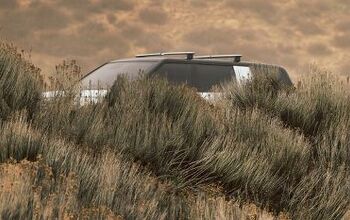

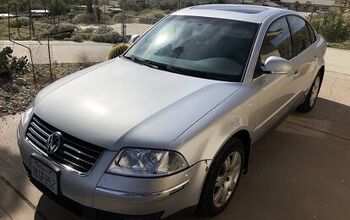

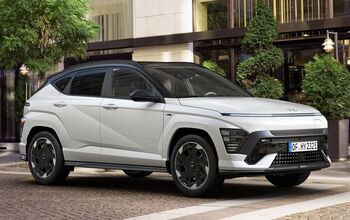
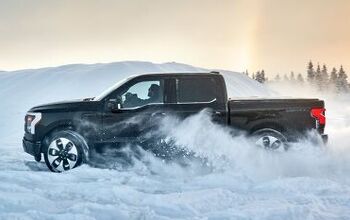
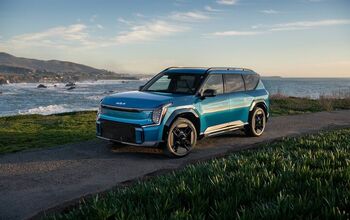
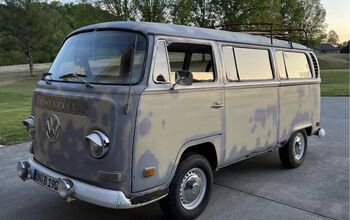

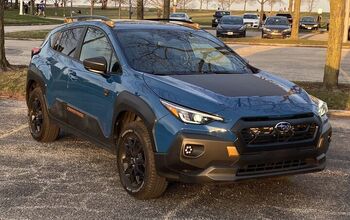
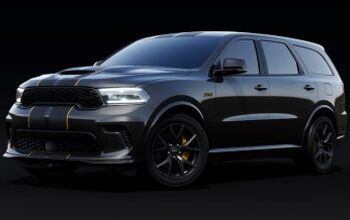
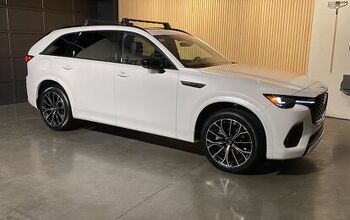
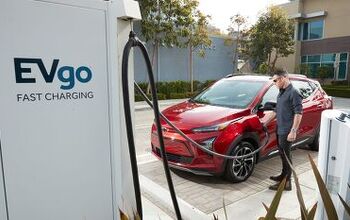

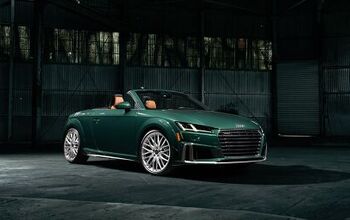
Comments
Join the conversation
I don't have a nominee, but I recall a conversation that happened at a training class. Another attendee worked at a engine overhaul/machine shop. He said, this was the late 1980s, that 80% of their work was the Chrysler/Mitsubishi 4 cylinders. He described how the balance shafts and cams tried to make their way out of the engines. The shop had devised procedures to repair this. He also mentioned that they had rented the building next to them as they did not have space for all the engines coming in for repair/overhaul. He said much of this was warranty work for dealers. Also, not so much engine itself, but VW/Audi in their wisdom to save a few $$ did away with the expansion tank on the cooling system on their cars around 1980. That meant that any loss of half a cup of coolant led to engine overheating and failures. Usually head gaskets. A few years later the expansion tanks returned.
Can Nissan's 2.5 four count since it's made here? It's not as awful as an Iron Duke or Ford HSC 2.3, but above 4000 rpm, it's awful sounding and thrashy. I had a 2010 Altima with it and the later version of the engines are better, but still not what Honda can do with a four in terms of NVH.